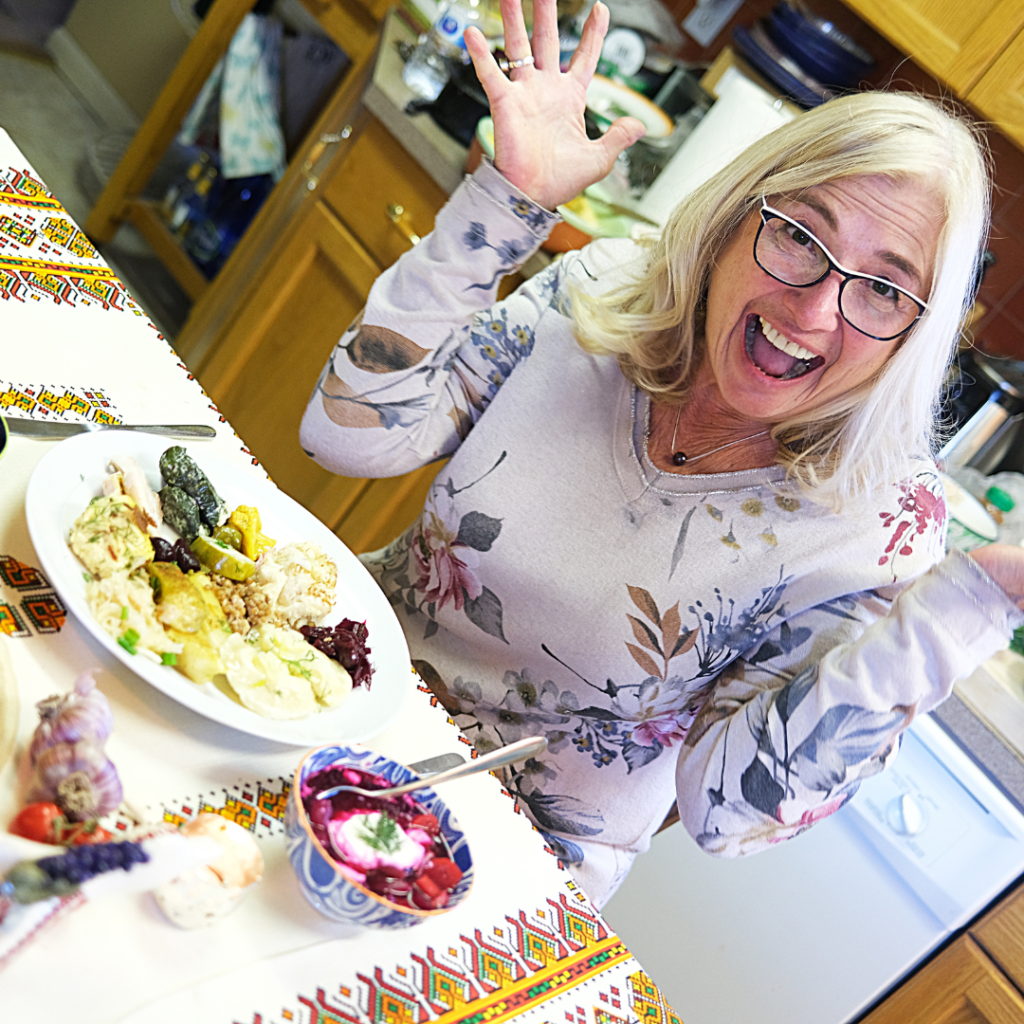
Sviat Vechir is Ukraine’s Holy Supper steeped deep in tradition, symbolism and really, really good food.
With its roots in pagan tradition, and its symbolism rich with Christian reference, the Ukrainian Christmas meal is a cultural touchstone that ties Ukrainians worldwide to home and to one another in a time they need it most.
Story by Darlene Chrapko, photos by Lawrence Eisler
Several cherished Ukrainian cookbooks originating with women’s church groups capture the traditional Ukrainian Christmas recipes, including notes on origins, traditions and symbolism. Some collections present more than one version of the same dish. But the best recipes are the ones handed down through practice, grandmother to mother to daughter, creating a spiritual lineage.
Traditionally, in the months leading up to Christmas, women belonging to church groups get together to pinch thousands of pierogi, hosting food sales and dinners as fundraisers.
The tradition expresses love and togetherness through food. Pinched, rolled, hand-picked, stuffed or baked, each dish is infused with care and attention and often prepared weeks in advance. This time-honoured meal is truly a labour of love.
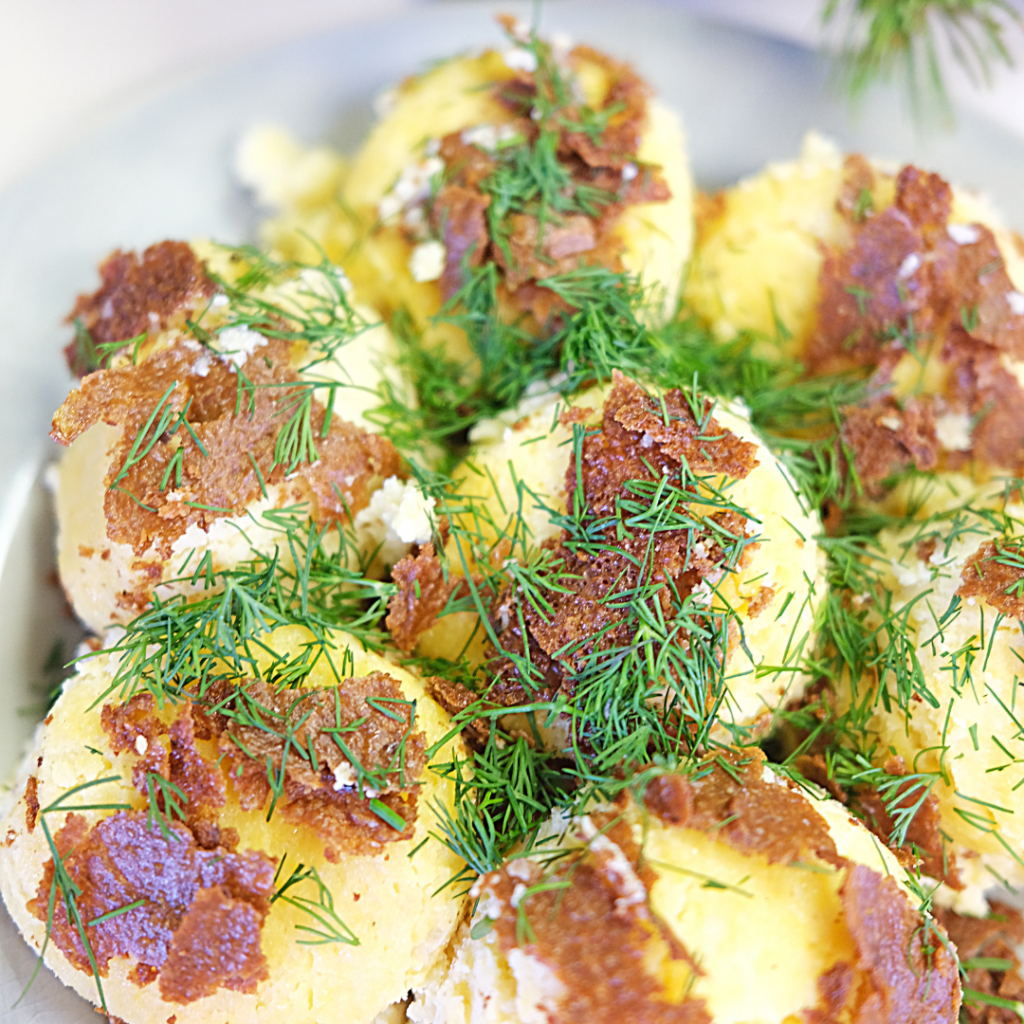
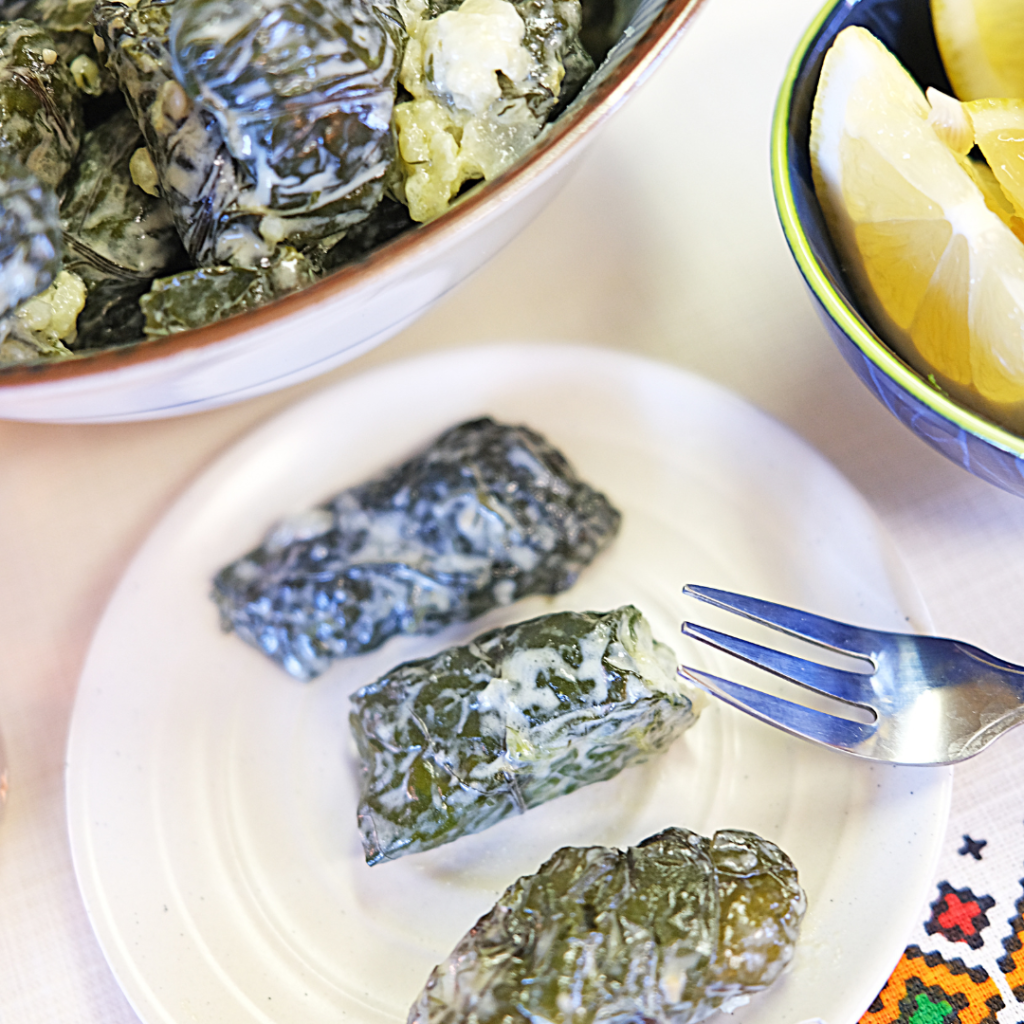

Festive traditions
The epic 12-dish Sviat Vechir follows 40 days of Lenten fasting and consists of dishes that have no meat, no animal fat and no dairy products. Dishes highlight many staples of Ukrainian peasant food: cabbage, beets, beans and fish.
Imbued with the allegory of the nativity, the meal begins after the youngest child has identified the first star in the evening sky, which symbolizes the star of Bethlehem. A sheaf of wheat (didukh), known as the grandfather spirit, is placed in a corner of the room, embodying the spirit of the ancestors and honouring wheat as the staff of life. A braided, three-tiered Christmas bread (kolach) is set upon a colourful, embroidered tablecloth at the centre of the table with a candle that represents the holy trinity in the middle. Left burning throughout the night, the candle is said to signify eternal life.
Hay is strewn under the table or tablecloth to symbolize the manger in Bethlehem. An extra place setting honours departed family members and welcomes anyone who appears at the door, as does a lit candle placed in the window.
12 Dishes
The dishes themselves (representing the 12 apostles) are steeped in allegory and traditional teachings. In Baba’s Cookbook, Emily Linkiewich identifies the 12 key dishes. After the kolach, the first dish is kutia, made with cooked prairie wheat, honey, poppyseed and nuts. It may also include dried fruits. Calling forth the fertility of nature, kutia is said to represent prosperity, peace and good health.
In addition to kolach and kutia, the following dishes are served: fried or baked fish, often whitefish from Canadian lakes, pickled herring or jellied fish, varenyky, (more commonly known in Canada as pierogi) filled with potatoes, sauerkraut and fruit such as prunes and raisins, holubsti (cabbage rolls, sweet or sour), and borscht (meatless beet soup). Rounding out the 12 vegetarian dishes are homemade sauerkraut with peas, mashed beans, beets with mushrooms, uzvar (stewed dry fruits) and pompushky (sweet buns filled with poppyseed or prunes).
Family Favourites
After the meal, family and friends gather to roam door to door singing traditional Christmas carols and then attend midnight mass, with celebrations continuing the next day.
Today, many Canadians with Ukrainian roots practice a secularized version of Sviat Vechir. Interweaving folk, religious and family traditions, the dishes vary from household to household influenced by region or country of origin and traditions specific to a particular family.
A favourite for us is beet-leaf holubtsi, a summer version of traditional cabbage rolls, made with freshly picked beet leaves rolled with rice, frozen, and carried over for Christmas. Oven-baked, they are smothered in a fresh dill and cream sauce. Another version of this dish is beetniks, beet leaves filled with dough, also bathed in sweet cream and baked. Other family favourites include beets with mushrooms, nalysnyky (small pancakes filled with cottage cheese and baked in cream) perishke, (mini buns filled with cottage cheese and dill) nachynka, (a baked cornmeal dish) and makivnyk (poppy seed roll).

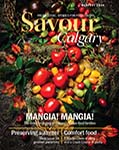
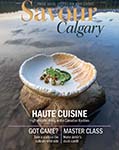

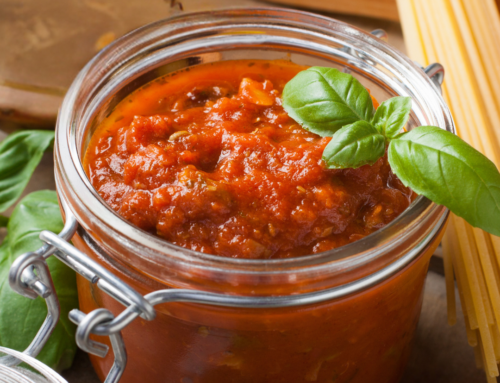
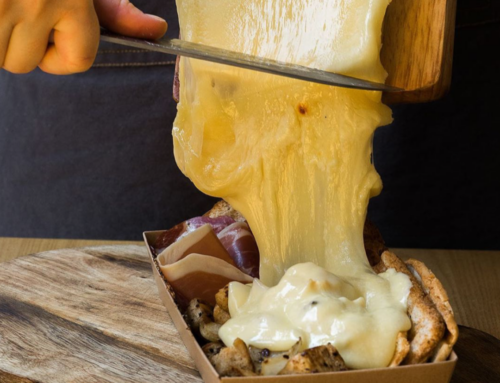
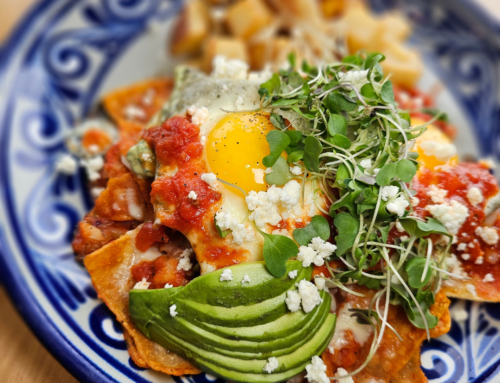
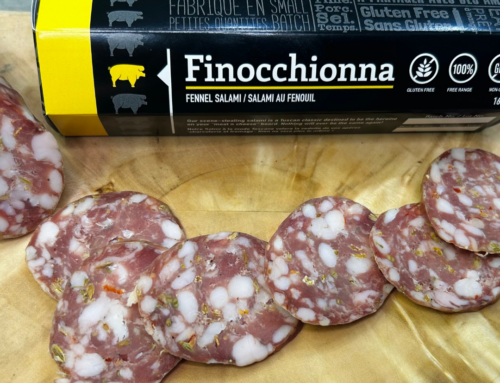

Leave A Comment